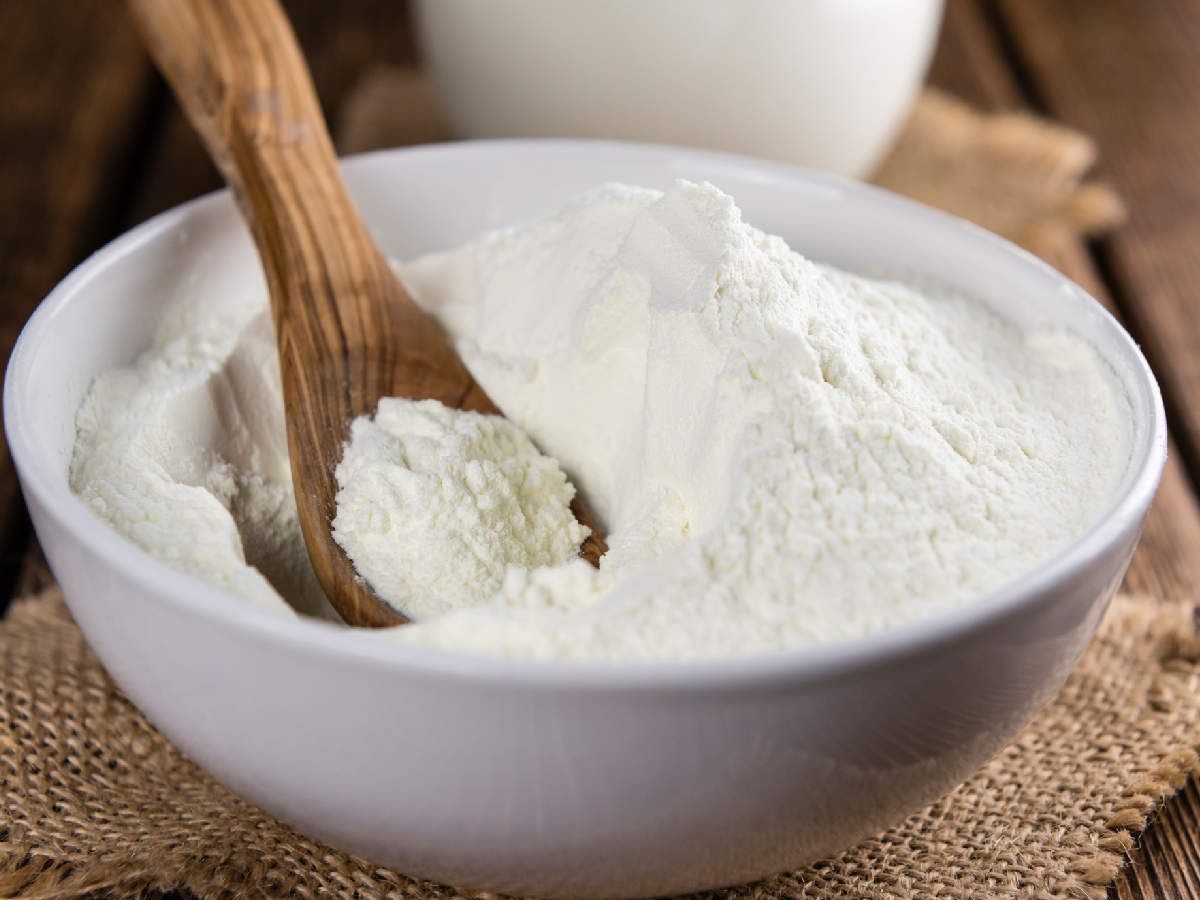

Articles
How To Store Dry Milk Long Term
Modified: January 5, 2024
Learn how to store dry milk long term with these helpful articles. Ensure your powder stays fresh and usable for extended periods.
(Many of the links in this article redirect to a specific reviewed product. Your purchase of these products through affiliate links helps to generate commission for Storables.com, at no extra cost. Learn more)
Introduction
Dry milk, also known as powdered milk, is a convenient and versatile dairy product that has a longer shelf life compared to liquid milk. It is made by removing all the moisture from fresh milk, resulting in a powder form that can be reconstituted by adding water. Dry milk is a popular pantry staple, as it can be used in various recipes, including baked goods, beverages, and soups.
However, like any other food item, dry milk is susceptible to spoilage over time. To ensure that your dry milk remains fresh and usable, it is essential to store it properly. Storing dry milk long term not only helps maintain its quality but also allows you to have a readily available supply for emergencies or when fresh milk is not readily accessible.
This article will guide you on how to store dry milk long term. We will explore the importance of proper storage, factors to consider before storing, the right containers to use, a step-by-step guide for storing dry milk, additional tips, and common mistakes to avoid. By following these guidelines, you can extend the shelf life of your dry milk and enjoy its benefits for an extended period.
Key Takeaways:
- Properly storing dry milk long term ensures a reliable milk supply, saves money, and reduces food waste. Choosing the right container, monitoring storage conditions, and practicing rotation are essential for maintaining its quality and freshness.
- Avoid common mistakes like inadequate labeling, exposure to light, and neglecting proper rotation when storing dry milk. Incorporating additional tips such as using oxygen absorbers and portioning the powder can enhance its longevity and usability.
Read more: How To Store Dry Goods Long Term
Importance of Storing Dry Milk Long Term
Storing dry milk long term is essential for several reasons. First and foremost, it ensures that you have a reliable supply of milk even when fresh milk is not readily available. This can be particularly crucial during emergencies, natural disasters, or situations where access to fresh milk is limited. Having a stockpile of dry milk allows you to continue enjoying dairy-based recipes and beverages without interruption.
Additionally, storing dry milk long term can help you save money. Buying dry milk in bulk and properly storing it ensures that you are taking advantage of discounts and deals. By purchasing and storing dry milk when it’s on sale, you can potentially save significant amounts of money in the long run.
Another benefit of storing dry milk long term is the versatility it offers in cooking and baking. With dry milk on hand, you can easily whip up a batch of homemade hot chocolate, add it to your favorite recipes, or use it as a coffee creamer. Dry milk is a convenient ingredient that adds a creamy and rich flavor to numerous dishes, and having a long-term supply allows you to enjoy this versatility whenever you need it.
Furthermore, proper storage of dry milk ensures that it retains its nutritional value. Dry milk is an excellent source of essential nutrients such as calcium, vitamin D, and protein. By storing it correctly, you can preserve these nutrients and reap the health benefits that dry milk provides.
Lastly, storing dry milk long term can reduce food waste. Liquid milk has a comparatively short shelf life and often goes bad before it can be fully used. By switching to dry milk and storing it properly, you can minimize waste by only using what you need when you need it. This not only saves money but also contributes to a more sustainable and environmentally friendly lifestyle.
In summary, storing dry milk long term is important for ensuring a constant supply of milk, saving money, utilizing it in various recipes, preserving its nutritional value, and reducing food waste. By taking the necessary steps to store your dry milk properly, you can enjoy the benefits of this versatile dairy product for an extended period.
Factors to Consider Before Storing Dry Milk
Before storing dry milk long term, there are a few important factors to consider. These factors can affect the overall quality and shelf life of your stored dry milk. By paying attention to these considerations, you can ensure that your dry milk remains fresh and usable for an extended period of time.
1. Temperature and Humidity: Dry milk should be stored in a cool, dry place. High temperatures can cause the fat content in the milk powder to oxidize, resulting in off-flavors and a shorter shelf life. Humidity can cause clumping, making the powder difficult to use. Aim to store your dry milk in a location with a temperature between 50-70°F (10-21°C) and humidity below 60 percent.
2. Packaging: The original packaging of dry milk is typically designed for short-term storage. It is advisable to transfer the dry milk to airtight containers that provide an additional layer of protection against moisture, insects, and contaminants. Choose containers that are food-grade, BPA-free, and have a tight seal.
3. Quality of Dry Milk: The quality of the dry milk you purchase can impact its shelf life. Opt for high-quality brands that have a good reputation for producing stable and long-lasting powdered milk. Check the expiration date before purchasing and select the freshest product available.
4. Light Exposure: Exposure to light can cause the breakdown of certain nutrients and deterioration of the flavor in dry milk. To protect the quality of your dry milk, store it in opaque containers or keep it in a dark pantry or cupboard.
5. Rotation: It is essential to practice proper rotation when storing dry milk long term. Use the oldest dry milk first and replenish your stock with fresh supplies. This ensures that your dry milk remains fresh and prevents wastage or the risk of using expired products.
By taking these factors into account, you can help prolong the shelf life of your dry milk and maintain its quality. Properly storing dry milk ensures that you have a readily available supply of this versatile dairy product for your cooking, baking, and beverage needs.
Choosing the Right Container for Storing Dry Milk
When it comes to storing dry milk long term, selecting the right container is crucial. The container you choose will play a significant role in preserving the freshness and quality of your powdered milk. Here are some factors to consider when choosing a container for storing dry milk:
1. Airtight and Moisture-proof: The container you use must provide an airtight and moisture-proof seal. This is vital to protect the dry milk from moisture, which can lead to caking and spoilage. Look for containers with tight-fitting lids or seals that will keep out air and humidity. Plastic, glass, or metal containers with gasket seals are popular choices for dry milk storage.
2. Food-grade Material: Ensure that the container is made from food-grade materials that are safe for storing edible items. BPA-free plastic containers, glass jars with airtight lids, or stainless steel canisters are all suitable options. Avoid using containers that may leach harmful chemicals into the dry milk.
3. Size and Capacity: Consider the amount of dry milk you intend to store and choose a container that can accommodate the quantity. It’s better to use multiple smaller containers rather than a single large container, as opening a large container exposes all the milk to air and moisture each time. Dividing the dry milk into smaller portions helps maintain the freshness of the remaining powder.
4. Easy to Use and Pour: Look for a container that is easy to handle and allows for convenient pouring. Consider containers with wide openings or pour spouts to facilitate smooth dispensing of the dry milk. Additionally, containers with handles or ergonomic designs can make it easier to grip and pour without spilling.
5. Light-proof: Exposure to light can cause the breakdown of certain nutrients and decrease the shelf life of dry milk. To protect your powdered milk from light exposure, choose containers that are opaque or have a light-blocking feature. This ensures the quality and nutritional value of your stored dry milk.
6. Labeling Capability: Properly labeling the container is important for easy identification and rotation of the stored dry milk. Choose containers that allow for clear labeling, either through a built-in labeling system or by using adhesive labels. Clearly mark the date of storage to ensure you use the oldest dry milk first.
By considering these factors, you can select the right container for storing dry milk long term. Remember, the goal is to keep the powdered milk fresh and protected from air, moisture, light, and contaminants. With the right container, you can maintain the quality and extend the shelf life of your dry milk for future use.
Store dry milk long term in a cool, dark place, such as a pantry or basement, in an airtight container. Keep it away from moisture, heat, and light to maintain its quality and shelf life.
Step-by-Step Guide to Storing Dry Milk Long Term
Properly storing dry milk long term requires careful attention to detail. Follow this step-by-step guide to ensure that your powdered milk remains fresh and usable for an extended period:
Step 1: Choose high-quality dry milk: Start by purchasing high-quality dry milk from a reputable brand. Check the expiration date to ensure that you are selecting the freshest product available.
Step 2: Transfer to airtight containers: Transfer the dry milk from its original packaging to airtight containers. Choose food-grade containers with tight-fitting lids or seals that will keep out air and moisture. Divide the dry milk into smaller portions if necessary.
Step 3: Label the containers: Clearly label each container with the date of storage. This will help you keep track of the age of the dry milk and practice proper rotation, using the oldest milk first.
Step 4: Store in a cool, dry place: Find a cool, dry location to store the containers of dry milk. Aim for a temperature between 50-70°F (10-21°C) and humidity below 60 percent. Avoid storing the containers near sources of heat, light, or moisture, as they can degrade the quality of the milk powder.
Step 5: Keep away from light: Protect the dry milk from light exposure by using opaque containers or keeping them in a dark pantry or cupboard. Light can cause the breakdown of certain nutrients and reduce the shelf life of the dry milk.
Step 6: Check periodically: It is important to periodically check the stored dry milk for any signs of spoilage or degradation. Look for clumping, off-smells, or changes in color. If you notice any of these signs, it may be an indication that the powdered milk has gone bad and should be discarded.
Step 7: Use proper hygiene: When using the stored dry milk, make sure to practice proper hygiene. Wash your hands before handling the containers or scooping out the powder to avoid introducing contaminants.
Step 8: Rotate and replenish: Practice proper rotation by using the oldest dry milk first and replenishing your stock with fresh supplies. This ensures that the dry milk remains fresh and prevents wastage or the risk of using expired products.
By following these steps, you can effectively store dry milk long term and maintain its quality and freshness. With proper storage, your powdered milk will be readily available for your cooking, baking, or emergency needs.
Read more: How To Store Dry Food Long Term
Additional Tips for Properly Storing Dry Milk
When it comes to storing dry milk long term, there are a few additional tips that can help you maintain its quality and extend its shelf life. Take note of these tips to ensure that your powdered milk remains fresh and usable:
1. Use oxygen absorbers: Consider adding oxygen absorbers to your storage containers. These small packets help remove oxygen, which can contribute to the degradation of the dry milk. Oxygen absorbers can be found at most kitchen supply stores and are an effective way to extend the shelf life of your stored dry milk.
2. Avoid using moisture-absorbing packets: While it may seem tempting to use moisture-absorbing packets to keep the dry milk powder dry, it’s best to avoid them. These packets can actually absorb moisture from the air and cause the powder to clump. Instead, focus on using airtight containers and storing them in a dry environment.
3. Do not mix old and new batches: It is advisable to keep old and new batches of dry milk separate. Mixing different batches can compromise the overall freshness and quality. Use up the older batch before opening a new one to maintain consistency in taste and texture.
4. Keep track of storage time: Although dry milk has a longer shelf life compared to liquid milk, it is still important to keep track of the storage time. Write the date of storage on each container and use the oldest milk first. Generally, dry milk can be stored for 12-18 months, but its shelf life can vary depending on the brand and storage conditions.
5. Store in portioned amounts: Consider portioning the dry milk into smaller, single-use amounts. This can be helpful if you only need a small quantity for a specific recipe or if you want to minimize exposure to air and moisture each time you open the container.
6. Avoid extreme temperatures: While dry milk can tolerate a range of temperatures, it is best to avoid extreme heat or cold. Drastic temperature changes can affect the texture and quality of the powdered milk. Keep the containers away from direct heat sources and do not freeze the dry milk.
7. Reconstitute properly: When reconstituting dry milk, follow the instructions provided on the packaging. Use the appropriate amount of water to achieve the desired consistency. Properly reconstituted milk will have the same taste and texture as fresh milk and ensure optimal results in your recipes.
8. Store different types separately: If you have different types of dry milk (e.g., whole milk powder, non-fat milk powder), consider storing them separately. This allows you to easily differentiate between the different types and ensures that each type retains its specific characteristics.
By incorporating these additional tips into your dry milk storage routine, you can enhance the freshness and longevity of your powdered milk. Properly stored dry milk will be readily available whenever you need it, ensuring that you can enjoy its benefits for an extended period of time.
Common Mistakes to Avoid When Storing Dry Milk
Storing dry milk long term requires careful attention to detail to ensure its freshness and quality. It’s important to avoid common mistakes that can compromise the shelf life and taste of your powdered milk. Here are some common mistakes to avoid when storing dry milk:
1. Not using airtight containers: One of the biggest mistakes is not transferring dry milk to airtight containers. The original packaging of dry milk is not designed for long-term storage. Exposing the powder to air and moisture can lead to clumping and spoilage. Use food-grade containers with tight-fitting lids or seals to keep out air and moisture.
2. Storing in a warm or humid environment: Heat and humidity are enemies of dry milk. Storing the containers in warm or humid environments can accelerate spoilage and affect the quality of the powder. Choose a cool, dry place with a temperature between 50-70°F (10-21°C) and humidity below 60 percent to store your dry milk.
3. Exposing to light: Light exposure can degrade the quality of dry milk, causing a loss of nutrients and off-flavors. Avoid storing containers of dry milk in direct sunlight or in areas with significant light exposure. Opt for opaque containers or store them in dark pantries or cupboards.
4. Mixing old and new batches: Mixing old and new batches of dry milk can compromise the overall freshness and quality. It’s important to use up the older batch before opening a new one. This ensures that you are using the dry milk while it’s still fresh and prevents any inconsistencies in taste and texture.
5. Neglecting proper rotation: Failure to practice proper rotation can lead to using expired dry milk or risking spoilage. Always use the oldest dry milk first and replenish your stock with fresh supplies. This helps maintain the freshness of the stored dry milk and prevents any wastage.
6. Not checking for spoilage: It’s important to periodically check your stored dry milk for any signs of spoilage. Look for clumping, off-smells, discoloration, or any other indicators that the powder may have gone bad. If you notice any of these signs, it’s best to discard the dry milk to avoid consuming spoiled product.
7. Inadequate labeling: Failing to label your containers with the date of storage can lead to confusion and improper rotation. It’s essential to clearly mark the date on each container to ensure that you are using the oldest dry milk first. This helps maintain freshness and avoids the risk of consuming expired powdered milk.
8. Using improper storage containers: Using containers that are not specifically designed for storing food or are made from questionable materials can affect the quality of the dry milk. Always choose food-grade containers that are airtight and made from safe materials like BPA-free plastic, glass, or stainless steel.
By avoiding these common mistakes, you can maximize the shelf life and quality of your stored dry milk. Properly stored dry milk will be ready to use whenever you need it, ensuring a reliable and convenient supply for your cooking, baking, and beverage needs.
Conclusion
Storing dry milk long term is a practical and convenient way to ensure a steady supply of milk for cooking, baking, and emergencies. By following the proper storage guidelines, you can extend the shelf life of dry milk and maintain its quality over an extended period.
In this article, we explored the importance of storing dry milk long term, including its benefits in providing a reliable milk supply, saving money, and reducing food waste. We discussed various factors to consider before storing dry milk, such as temperature, packaging, and quality. We also highlighted the significance of choosing the right container to protect the dry milk from air, moisture, and light exposure.
Furthermore, we provided a step-by-step guide on how to store dry milk long term, emphasizing the importance of proper transfer, labeling, storage conditions, and rotation. We also shared additional tips to help enhance the freshness and longevity of the dry milk, such as using oxygen absorbers and avoiding common mistakes like exposing it to heat or mixing old and new batches.
By implementing these guidelines and tips, you can ensure that your stored dry milk remains fresh, usable, and nutritionally valuable. Properly storing dry milk allows you to enjoy the convenience and versatility of this pantry staple for an extended period, while also providing peace of mind for unexpected situations or limited access to fresh milk.
So, whether you’re a baker, cook, or simply want to have a backup supply of milk, take the time to properly store your dry milk long term. With the right storage techniques, you can ensure that your powdered milk remains of high quality and can be enjoyed whenever you need it.
Start implementing these tips today and enjoy the benefits of having a reliable supply of dry milk at your fingertips. Happy storing!
Frequently Asked Questions about How To Store Dry Milk Long Term
Was this page helpful?
At Storables.com, we guarantee accurate and reliable information. Our content, validated by Expert Board Contributors, is crafted following stringent Editorial Policies. We're committed to providing you with well-researched, expert-backed insights for all your informational needs.
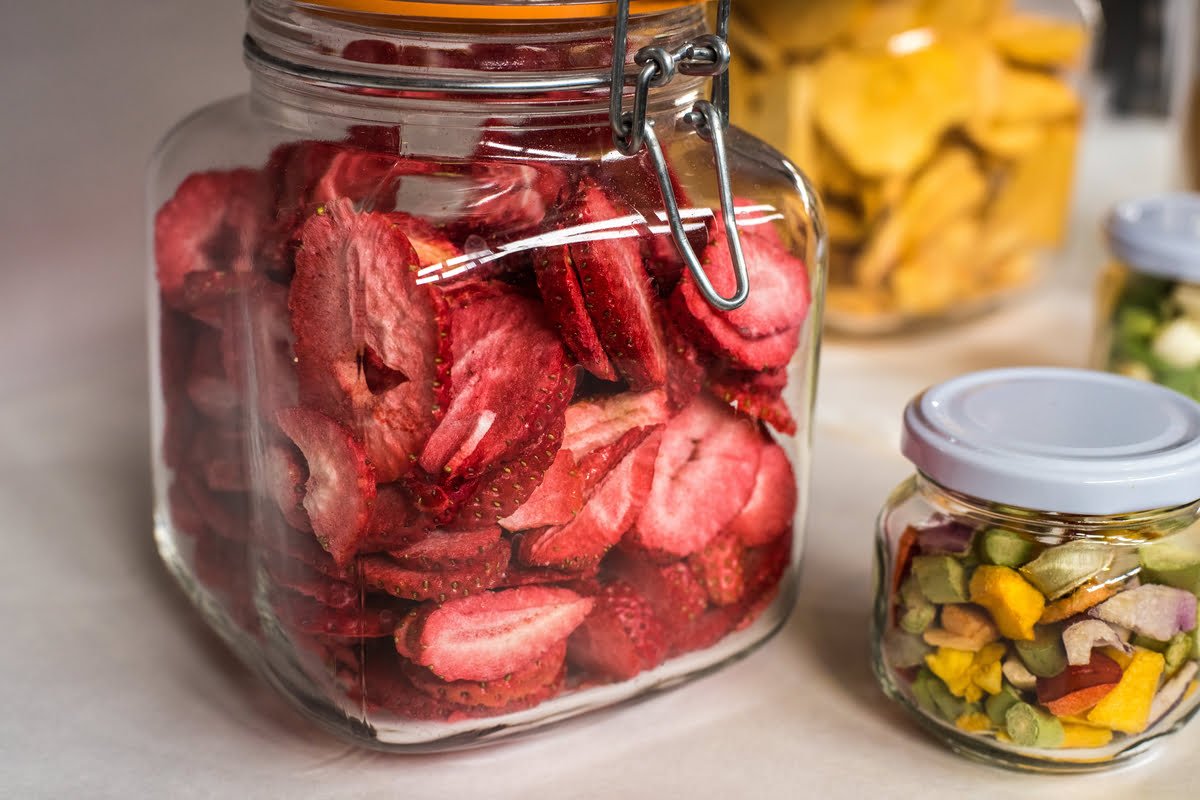
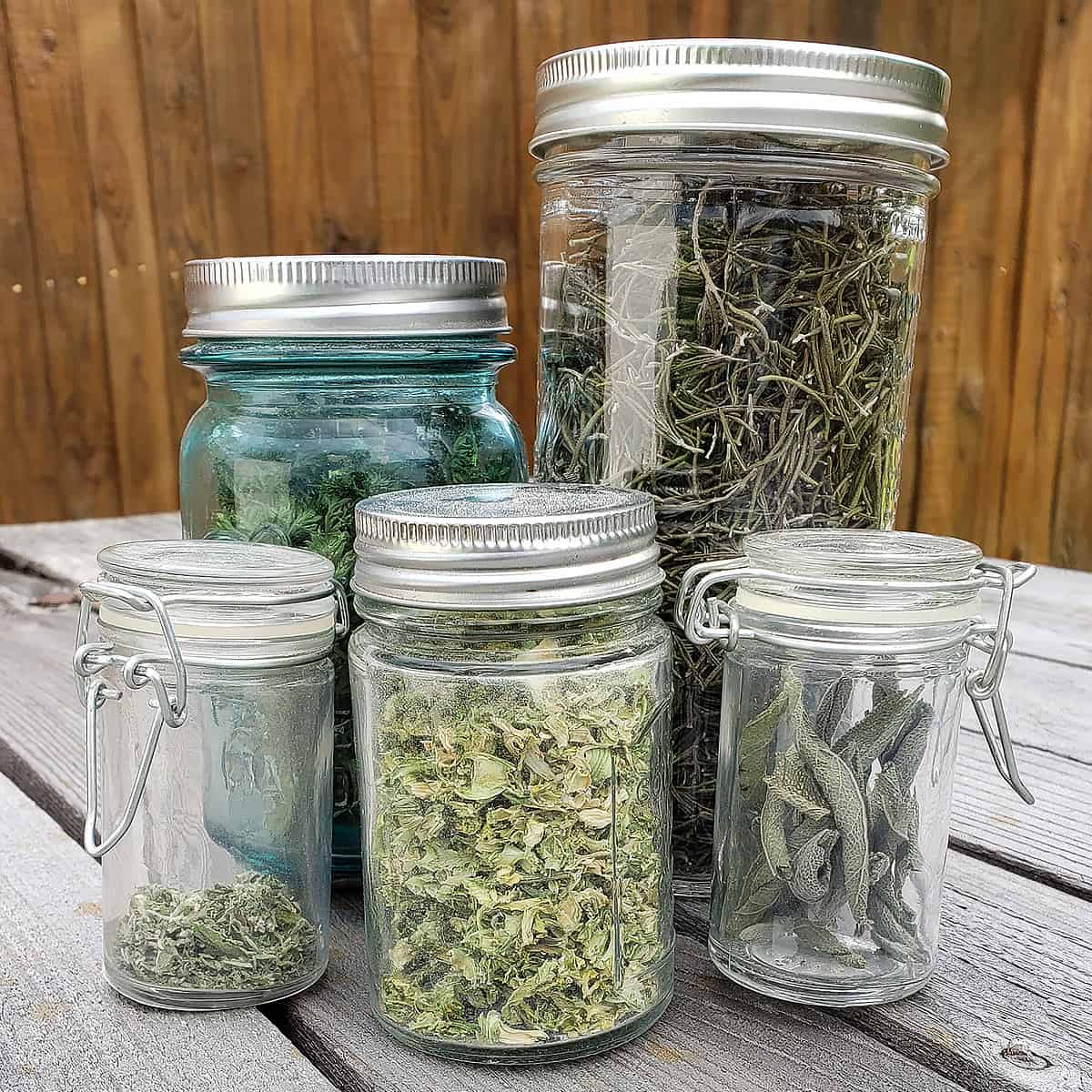
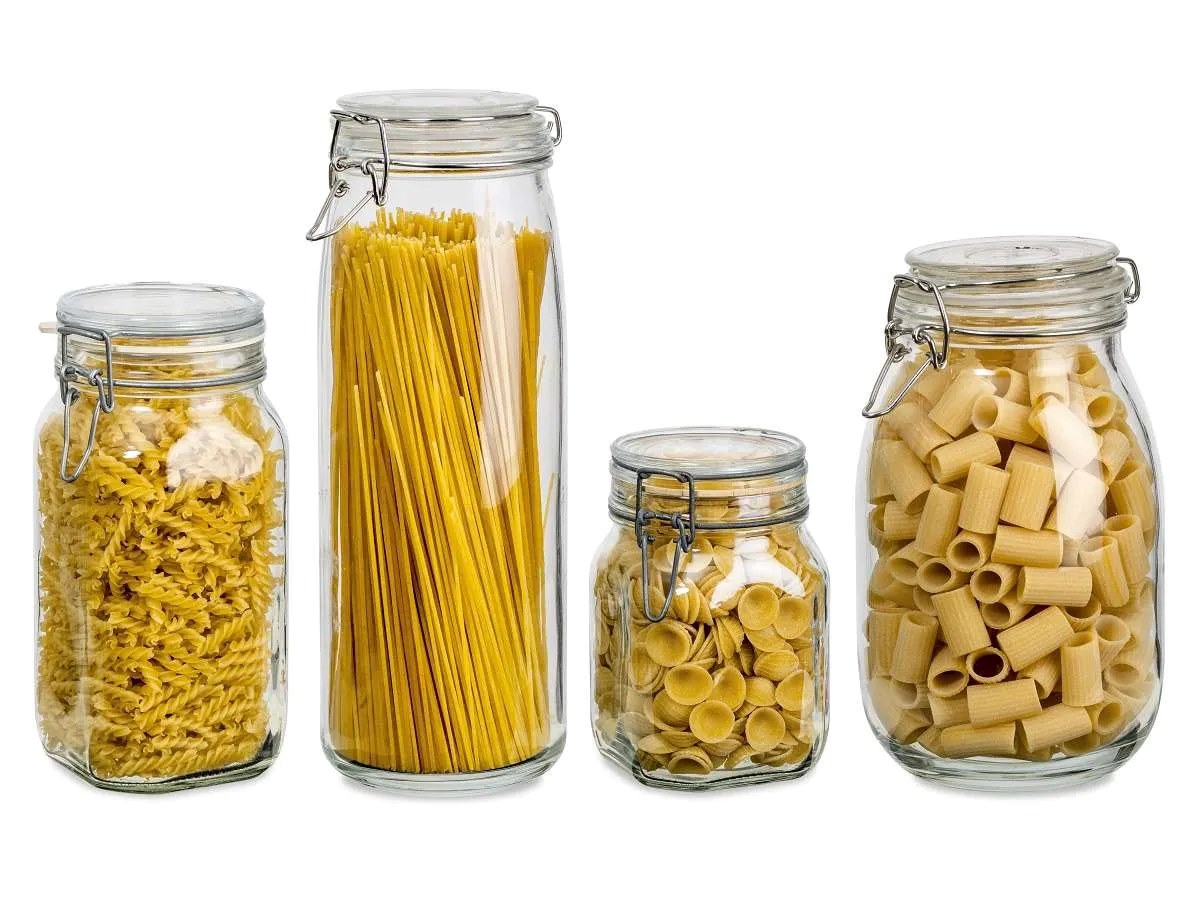
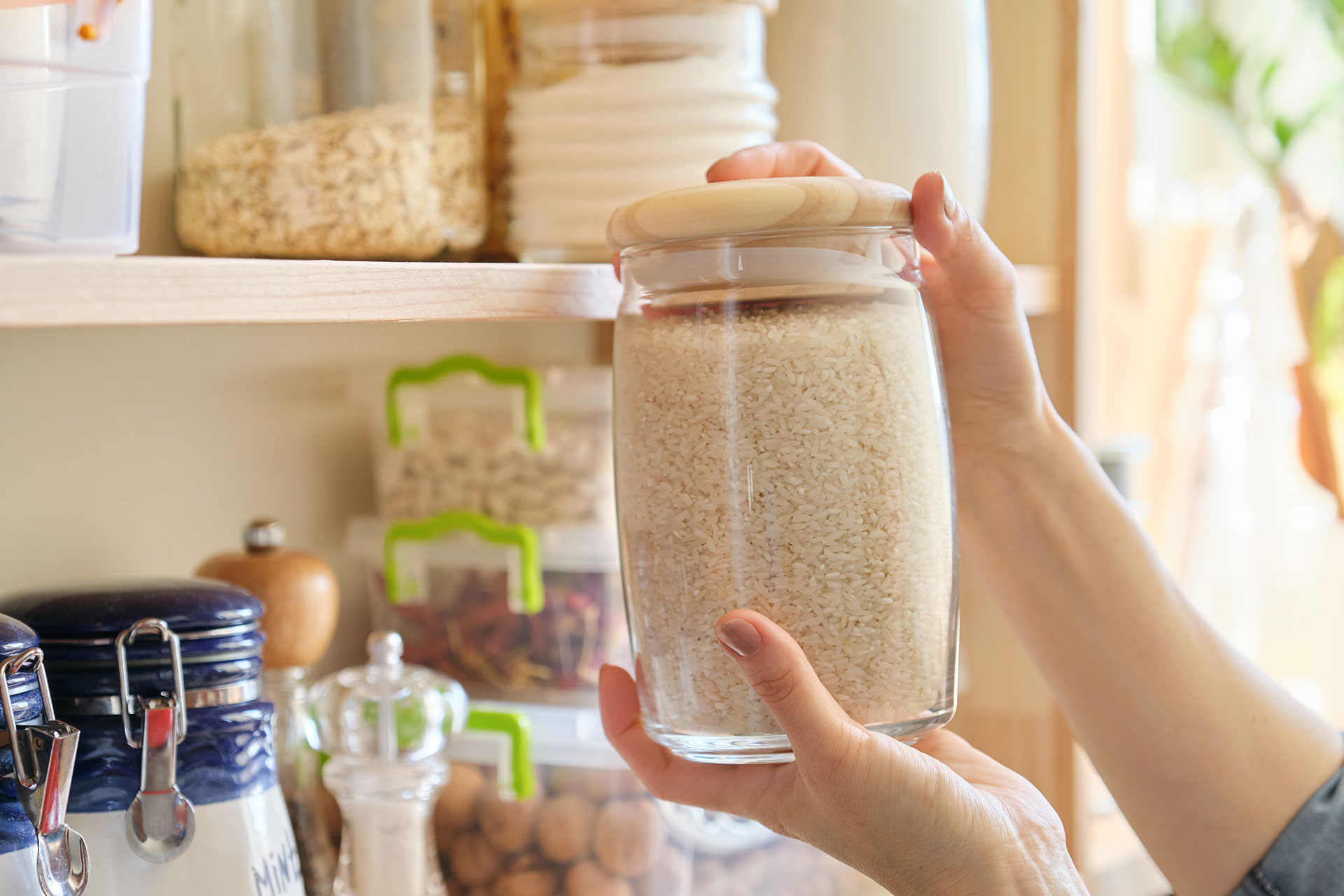
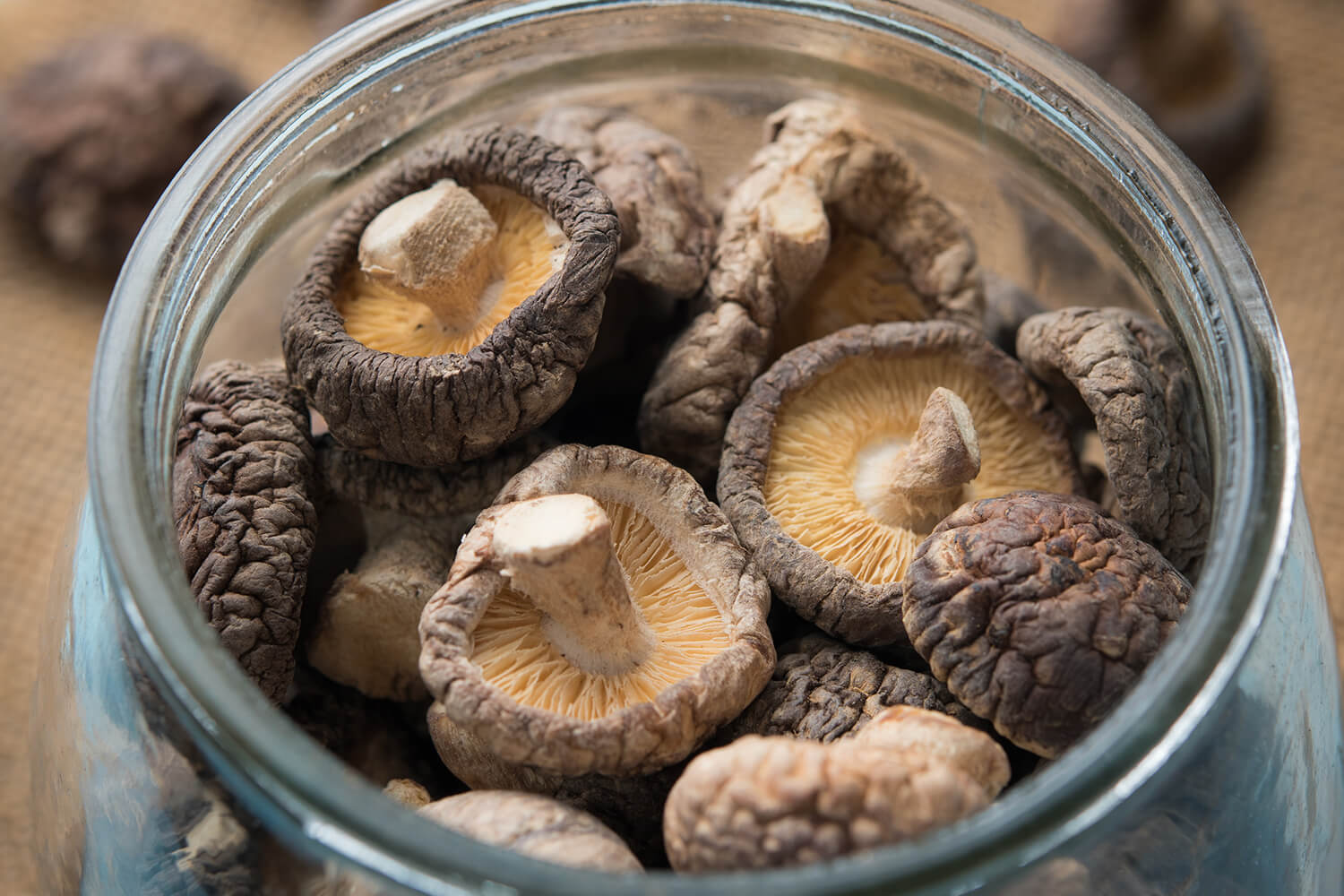
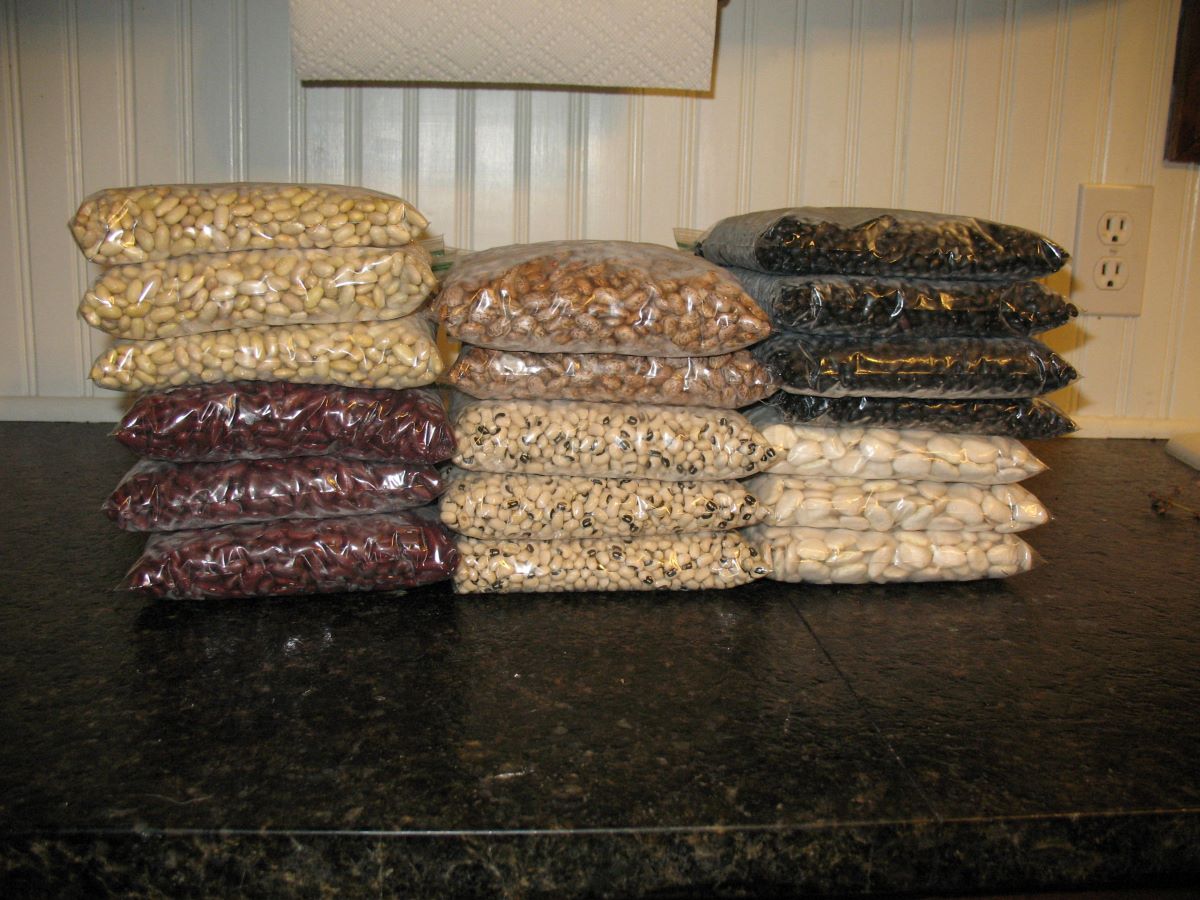
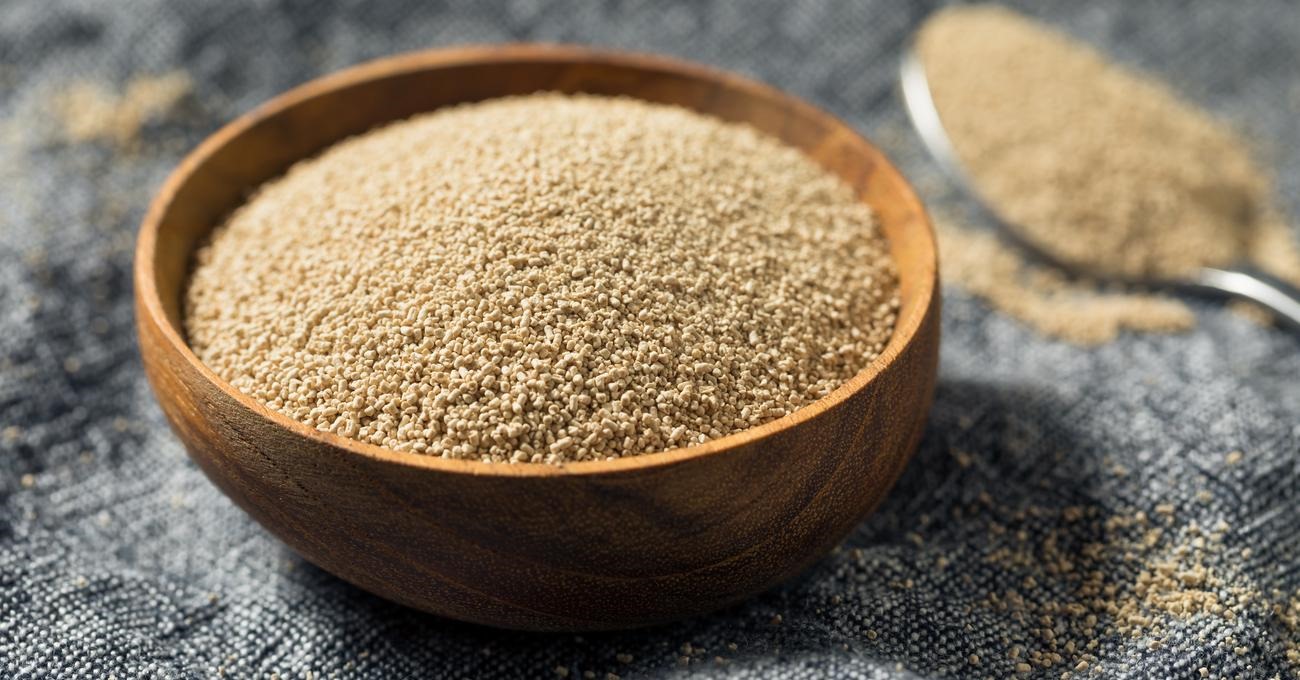
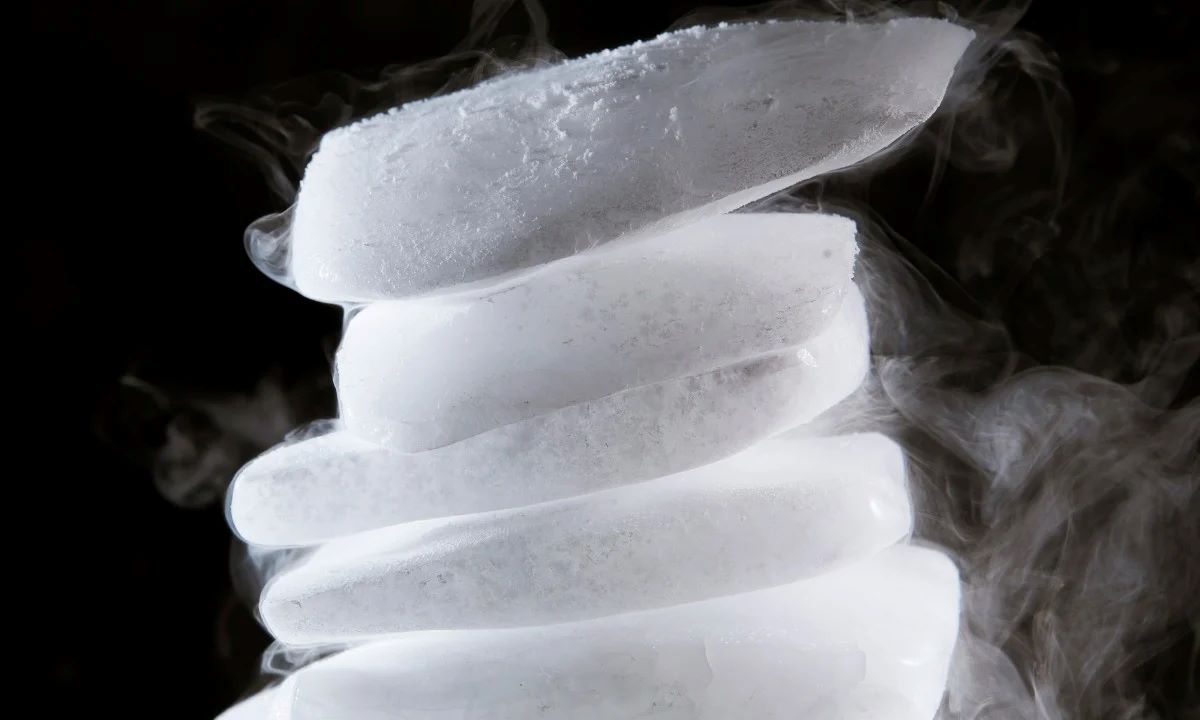
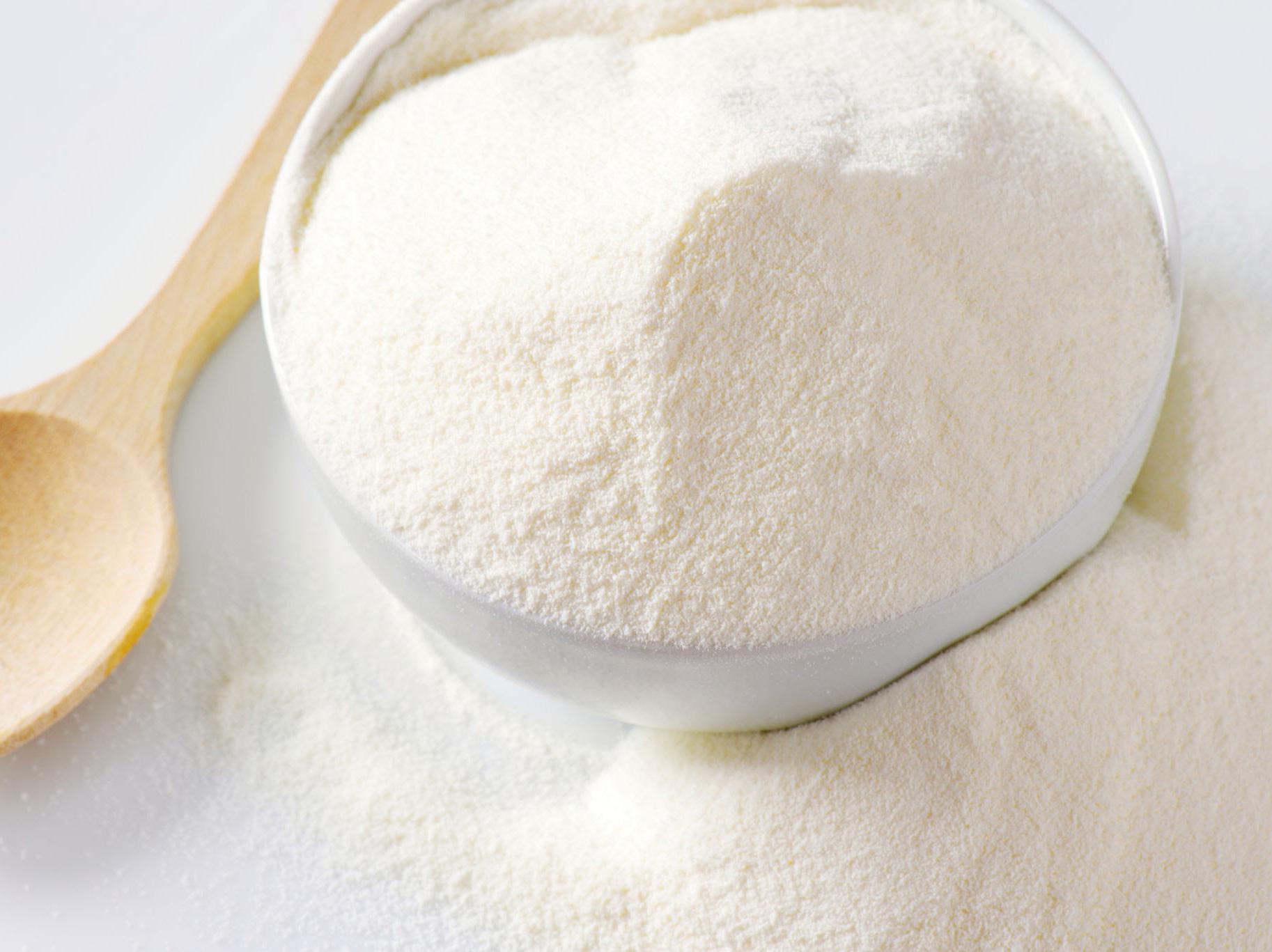
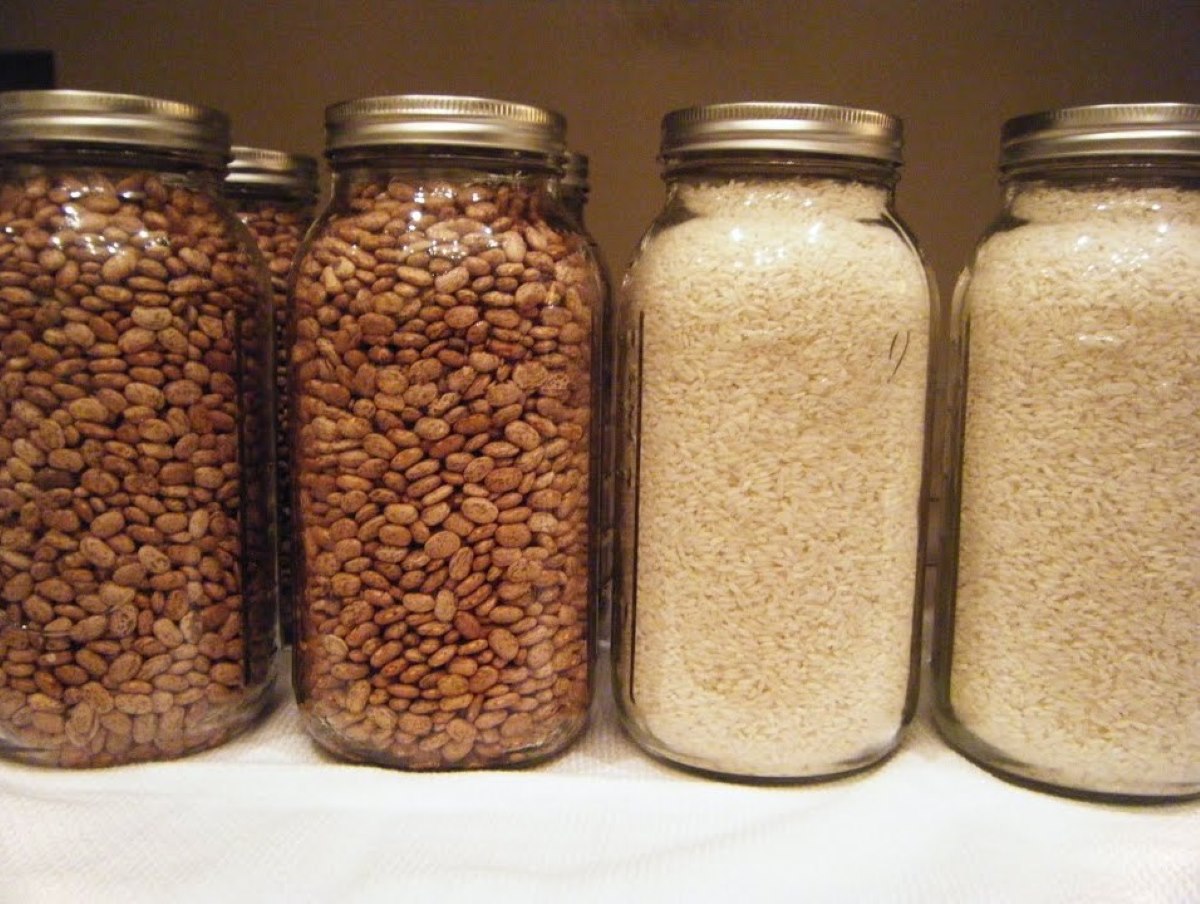

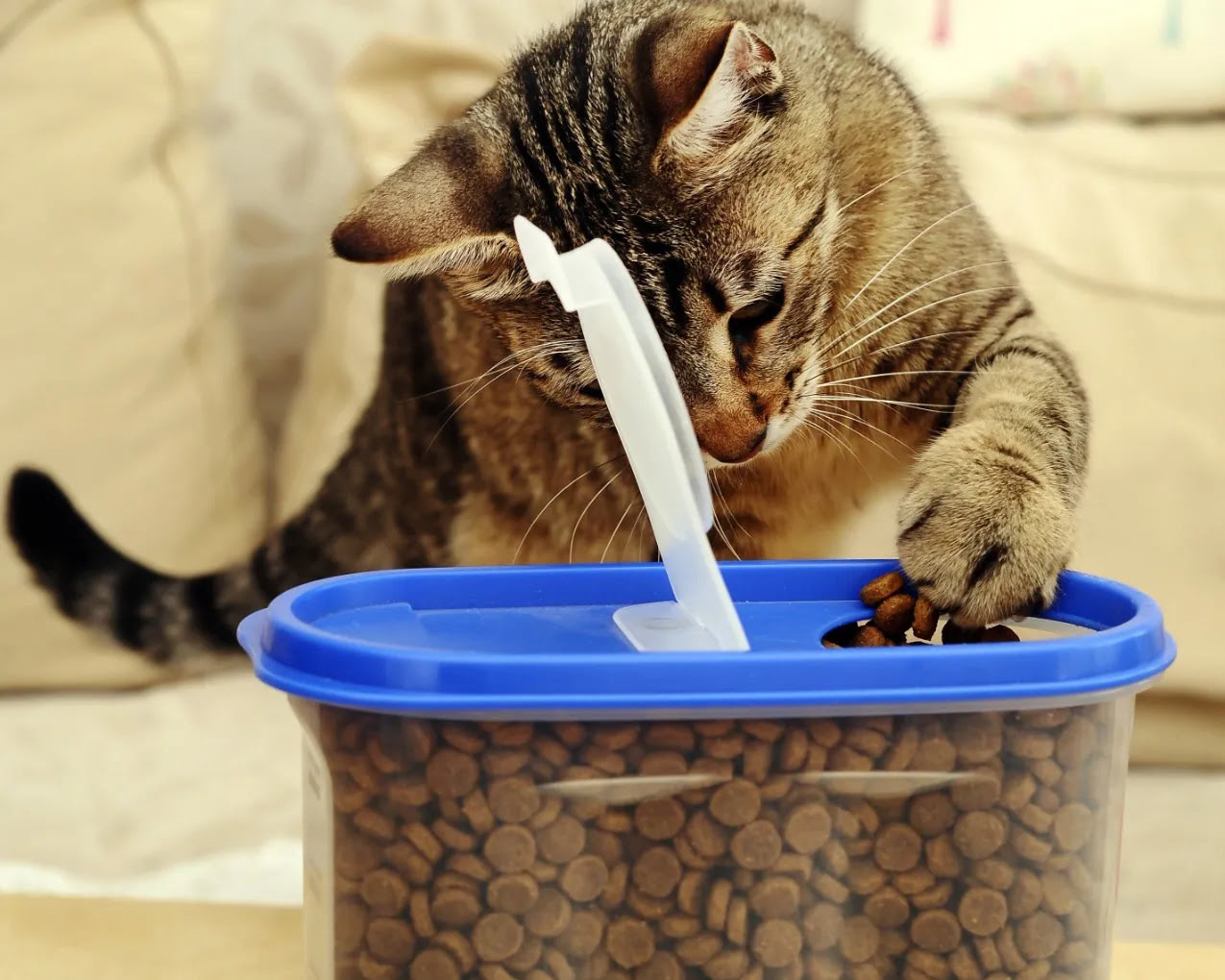
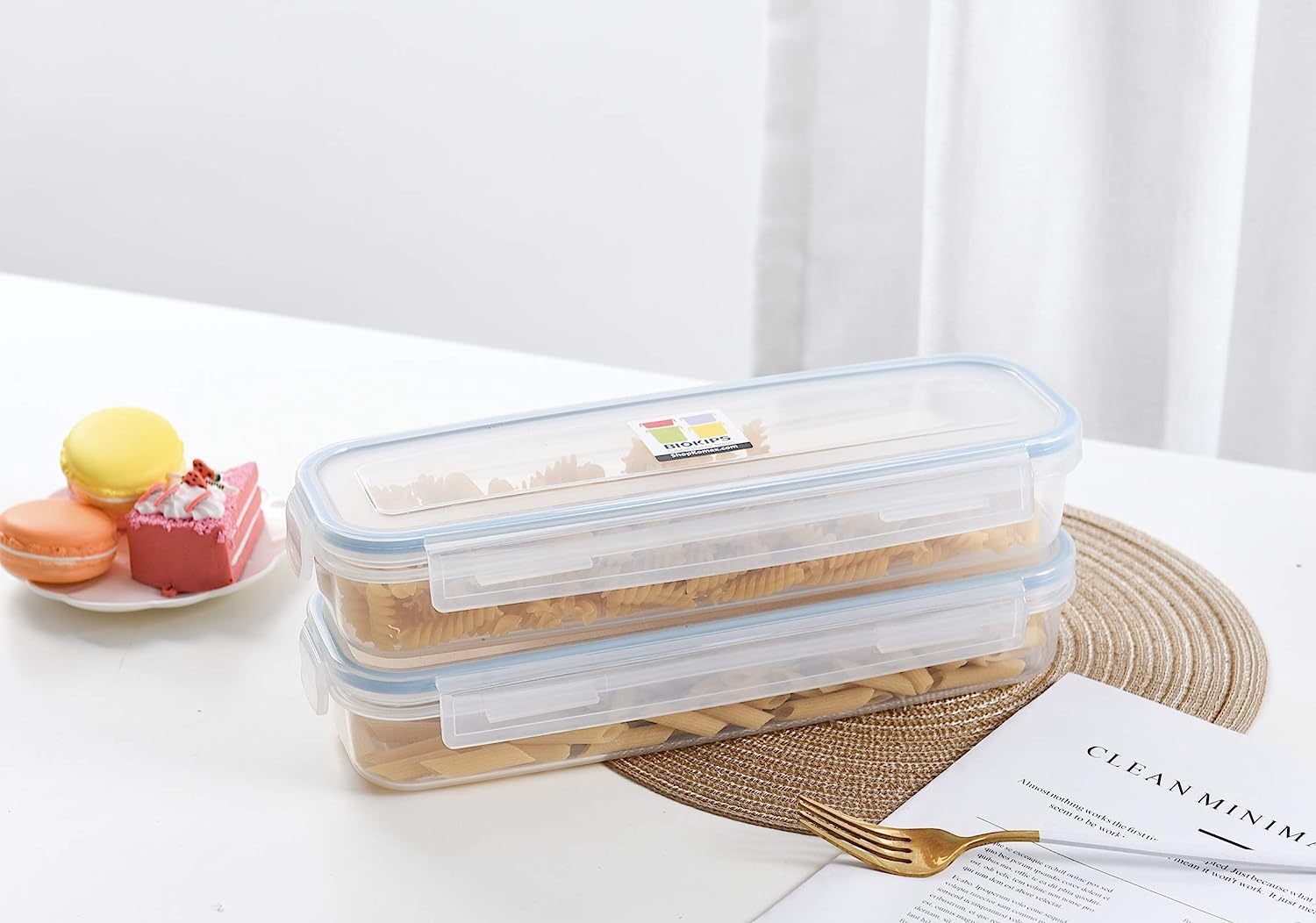


0 thoughts on “How To Store Dry Milk Long Term”